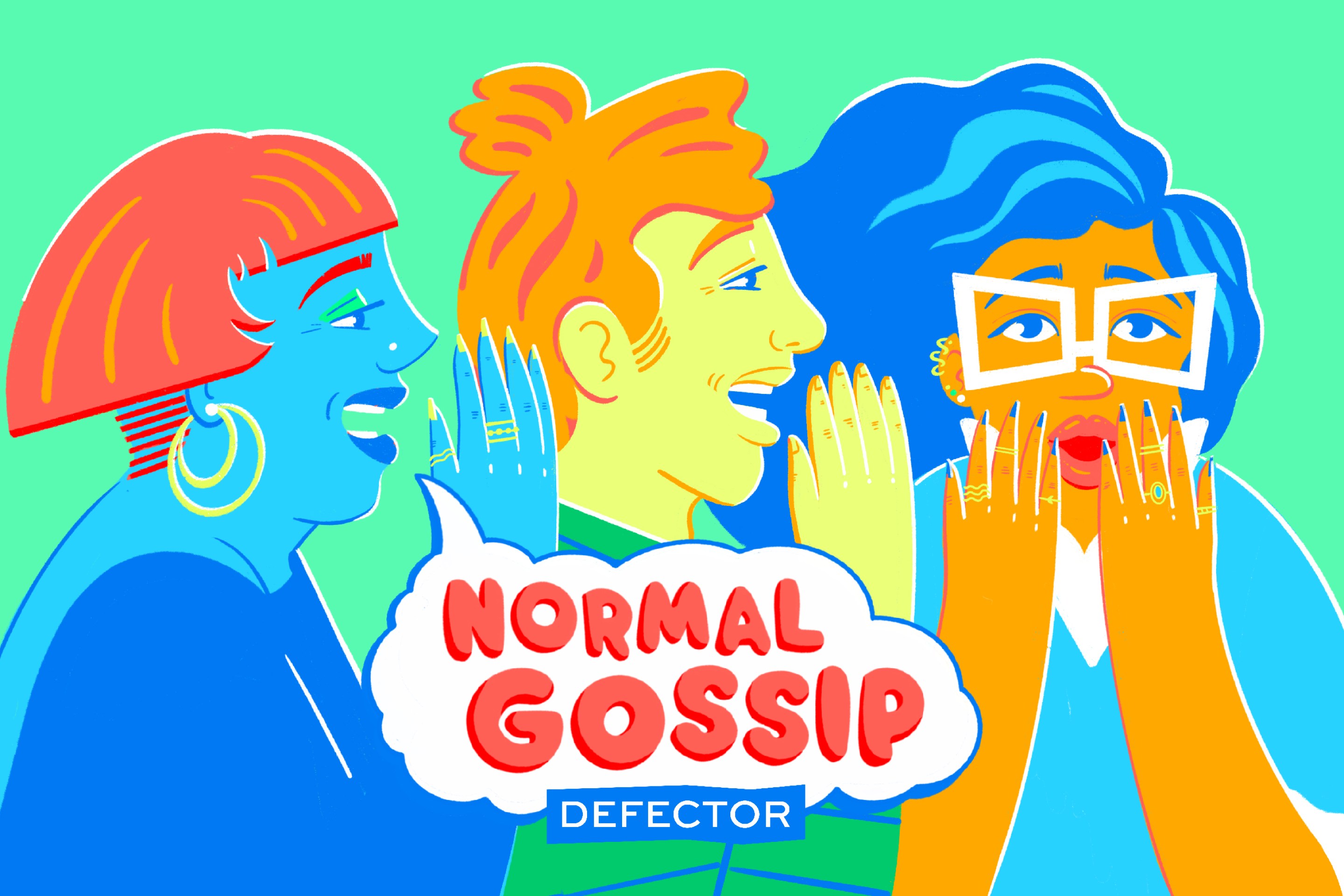“I know you want there to be a master plan,” the kidnapping victim says to her captor. In Bugonia, the latest movie by Yorgos Lanthimos, Emma Stone plays girlboss biotech CEO Michelle Fuller, and Jesse Plemons is Teddy Gatz, who works at a fulfillment center for Michelle’s Auxolith corporation, in a town hollowed out by the opioid crisis and other disasters. Teddy, a beekeeper, is especially conscious of colony collapse disorder, which is possibly linked to neonicotinoids released into the environment by Auxolith, and which he connects to larger systemic issues as well as his own more intimate trials, his mother having slipped into a coma while enrolled in a trial for Auxolith’s experimental opioid-withdrawl drug. And so he has yanked Michelle from her home, chained her up in his basement, and subjected her to enhanced interrogation, convinced that there is a master plan. No, not the asphyxiation of the New Deal welfare state by triangulating laissez-faire liberals, Silicon Valley disruptors, and bootstrappy ghouls in thrall to the profit motive—he thinks that she is a member of an alien race from the Andromeda galaxy, sent to Earth to dominate and destroy us.
The median American voter has a remarkable ability to diagnose a social malaise while misapprehending its causes in monumentally scattershot ways. Bugonia, as explicitly as the quoted “master plan” dialogue indicates, allegorizes a particularly American paranoia. Things as they are are so sinister that publicly available explanations for them are inadequate, Teddy believes, and if these secret, sinister causes were just revealed, people would finally awaken in outrage to things as they are.
Adapted quite closely from a 2003 Korean film, Jang Joon-hwan’s Save the Green Planet!, Bugonia reads in the current climate of QAnon, MAHA, and related post-authority movements as explicitly showing the turn to conspiratorial thinking following deaths of despair and the failures of technocracy. In Save the Green Planet!, the CEO is a man, rather than an overachieving, out-of-touch woman; in both cases the CEO is ultimately revealed to really be an alien, which makes the movie the latest in a line of sci-fi films about alien conspiracies that, when described, feel like either vision or mania. Bugonia rides the thin line between the two until it doesn’t. When Lanthimos finally tells us how to feel, his answer is a cynical one, which puts Bugonia out of step with its lineage.
For much of its runtime, Bugonia stokes uncertainty over how legitimate Teddy’s grievance is. Like in another of this year’s kidnapping movies, Highest 2 Lowest, Bugonia makes much of the contrast in circumstances between abductor and abductee, emphasized in the cheeky crosscutting of Teddy and Michelle’s morning rituals: ropey, sunburnt Teddy and his autistic cousin and accomplice Don (Aidan Delbis) do wobbly bodyweight exercises, while Michelle rises at 4:30 a.m. like every LinkedIn freak, indulges in a little light biohacking, and beats the tar out of her personal kickboxing coach. Michelle is, admittedly, pretty inhuman: She’s a CEO who can’t relate to anyone who works for her, constantly trying and failing to sound human when spouting corporate cliches about diversity and work-life balance, and pledging to “do better” in the wake of a disastrous medical trial.
I would describe plenty of real-life CEOs as alien weirdos in ill-fitting skinsuits; with the exception of Peter Thiel, I don’t mean it sincerely, but Teddy does. Plemons, in many of his performances, seems to camp out somewhere along the borderlands between shyness and inarticulacy, and his Teddy, even aside from the tinfoil blocking the windows, has a sort of molasses-voiced, inward-turned, hard-to-reach obsessiveness, like Robert De Niro in Taxi Driver. Teddy’s done a “shit-ton of research,” on YouTube and elsewhere, in preparation for his mission. From Don, he demands total focus and commitment: no screens, and no self-love, as if he’s a shambolic lonely incel committing to the lean sigma lifestyle. In fact, he chemically castrates Don, to eliminate distractions and inoculate him against the possibility of emotional manipulations from their wily female prey. Dehumanizing Michelle makes it easy to mistreat her: He shaves Michelle’s head and covers her skin with itch cream, ostensibly to block signals from her spacecraft, though it also makes the saucer-eyed Stone look like an alien. When Don refers to Michelle as “her,” Teddy corrects him: “It.”
Michelle is ontologically evil, but personally presentable—she’s a shrewd negotiator, and Stone has a low, no-nonsense speaking voice that never seems unreasonable, whether parrying Teddy’s accusations with compassion, logic, or semi-cloaked condescension. (“I respectfully disagree.”) Audience sympathies stay evenly split between Teddy, who is obviously in deep pain, and in his delusion capable of tremendous sadism, and Michelle, who is vulnerable, mistreated, and also the powerful head of an extractive global conglomerate responsible for the immiseration of untold millions.
At least as far back as the cusp of the space race, alien-infiltration movies have channeled Americans’ darkest suspicions about power—not least the way knowledge of its workings turns us into wild-eyed Cassandras cursed with knowledge too unsettling to be much believed. In 1956’s Invasion of the Body Snatchers, pod people emerge from extraterrestrial seeds as exact physical copies of your neighbors and loved ones, intent on a great replacement. But is this de facto reprogramming equivalent to a communist plot, like fluoride in drinking water, or are these uncanny human facsimiles an embodiment of McCarthyite ideological lockstep and conformity? Horseshoe theory in action, Body Snatchers unites left and right in a fever pitch of hysteria. It “showed America alienated from itself,” critic J. Hoberman wrote in his book An Army of Phantoms, “the ‘good’ motherland experienced as a nearly identical ‘bad’ one,” a disassociative freakout that climaxes in one of the all-time great denouements, as a sweat-soaked Kevin McCarthy screams at the camera in extreme close-up: “You’re next!” Whoever they are, they’re here.
In the Reagan ’80s, John Carpenter’s They Live posited a ghoulish alien master race in positions of power—in finance, in media—dominating and dividing the working classes with subliminal messages to consume and obey. It takes a trigger-happy loner at the very margins of human society, an irascible unbanked drifter played by a professional wrestler, to pierce the veil and become a resistance hero after going on a killing spree. Likewise, specifically blaming aliens, rather than more banal structural causes, for the replacement of America’s “good” ideals with nearly identical “bad” ones, Tribulation 99: Alien Anomalies Under America is a 48-minute found-footage newsreel purporting to reveal the true story of CIA involvement in Latin America. In filmmaker Craig Baldwin’s telling, the agency is fighting not communism but an underground alien civilization from the tenth planet Quetzal, emerging through proxies like Castro and Allende, threats not to Western hegemony but terrestrial security that the agency must neutralize. (The film came out in 1991, the same year as Oliver Stone’s JFK—in Tribulation 99, it’s the Quetzals, not a sinister homosexual cabal, who get Kennedy.) The constant, manic voiceover parodies the evangelical leftism of the kind of guy who’s seen the light and won’t shut up about it, even as the film exaggerates the motives of the madness of American foreign policy in the Cold War.
By the time the film came out, the Quetzals had been, more or less, vanquished—it was reviewed in the Village Voice of Jan. 7, 1992, two weeks after the official dissolution of the Soviet Union. But the spirit of Tribulation 99 unbraided into at least one strand of protest against the emerging unipolar free-market consensus of the 1990s. British former sportscaster David Icke’s writings, which dovetailed with the left-wing movement protesting international free trade agreements, decried the global influence of a New World Order of capitalist puppeteers, recasting ancient antisemitic conspiracy theories as warnings against Quetzalian “Lizard People.”
As Bugonia begins, the fears of the herpetophobic populist right and the WTO-protesting populist left have more or less come true, in the form of a world—much like ours—that does seem to be governed by the self-interest and whims of the powerful and unaccountable. It’s a world of pharmacological addictions, like the one battled by Teddy’s mother; of low-wage labor and hardship, embodied in the telltale wrist braces on the workers at the Auxolith fulfillment center; and of environmental collapse. Are these rational market outcomes, or the work of a different kind of invisible hand? Do the Andromedans even have hands?
Bugonia’s screenwriter Will Tracy, who’s worked in the writers’ rooms of Last Week Tonight with John Oliver and Succession, updates Save the Green Planet! with a topical, discourse-brained polish: Michelle tells Teddy that he's in an "echo chamber”; Teddy fires back with a lengthy, sarcastic parody of a New York Times thinkpiece about internet rabbit holes and radicalization. Tracy and Lanthimos draw out the obvious implications of his vigilante mission, but also sidestep them: They have Teddy say he’s tried and dismissed the alt-right and Marxism, all but explicitly warning the audience not to read him through the lens of contemporary party politics. But with his righteous elite-directed aggrievement and latent misogyny, Teddy’s pretty legible as a Sanders-Trump voter, and it’s unconvincing when the film aspires to the condition of fable. This very moment, there are so-called “aliens” living among us and experiencing abduction, dehumanization, demonization, and terrorism, emanating not from the margins of society but from the very heart of power, and it’d be charitable to say that this is a subtext the film does much to tease out.
The film is more interested in its cosmic implications. Once Stone’s character reveals that she is an alien, she explains that her race is here to try and save us from ourselves. Medical experiments such as those conducted by Auxolith are meant to somehow rescue humanity from its own self-destructiveness—they failed, despite the aliens having intervened with the purest of intentions. The Andromedans’ patience with humanity now finally at an end, they solemnly decide to eliminate the human race, an act of speciocide that’s generally of a piece with the droll absurdism of Lanthimos’s other films.
Lanthimos is an ironist who, in most of his films, includes at least one clinically staged scene of a character committing a brutal act of self-harm in obedience to some obscure narrative contrivance. The Lobster ends with Colin Farrell holding a knife up to his eye in a rest-stop bathroom, about to blind himself because his society, the movie’s society, prescribes that he and the woman he loves must have matching impairments. Lanthimos’s characters endure a relationship to authority in which the whims of the film substitute for those of a capricious God whose divine judgements are more or less stern from one movie to the next. The Lobster, his best movie, works because of its undercurrent of tenderness; watching some of his other films is like watching a scientist deliver electric shocks to a lab rat. In Bugonia, the deity conducting experiments on the characters is not the film or the filmmaker but the sanctimonious leader of a technologically superior race, played by a beautiful movie star. It’s always satisfying to root for the asteroid to hit Earth; it’s less satisfying to root for the tech founder with an escape pod to pull the plug then skedaddle.
During the ecological movement of the early 1970s, “We have met the enemy and he is us” became a popular slogan and a way to conceptualize our mistreatment of Earth. That seems to be where Bugonia ultimately lands on the question of who is at fault. The film ends with a montage, sort of a riff on Sara Teasdale’s postapocalyptic idyll “There Will Come Soft Rains,” showing humanity stopped dead in its tracks, at its best and worst: third-world slum kids slumped over dead on the gigantic landfill from which they were scavenging scrap metal; a naked young couple in their bedroom; commuters on a smoggy, car-choked freeway. Good or bad, rich or poor, all of them are equal in death, but the flowers still bloom and the bees still buzz, so surely the right colony collapsed after all. After operating in a genre designed to probe its audience’s rawest anxiety and most abject powerlessness, Bugonia ends in a shrug.
If blaming aliens is a paranoid misattribution, then blaming people collectively is a smug one. Assigning culpability for the ruination of Earth to humanity at large means blaming many people who are suffering from said ruination more acutely, and enjoying fewer of its consumer comforts in the meantime. They too are encompassed by Bugonia’s “us,” an enemy that is everywhere at once and nowhere in particular, like a body snatcher. But in reality, the enemies of human flourishing are all too easy to recognize. The truth isn’t out there—it’s right in front of our faces.






